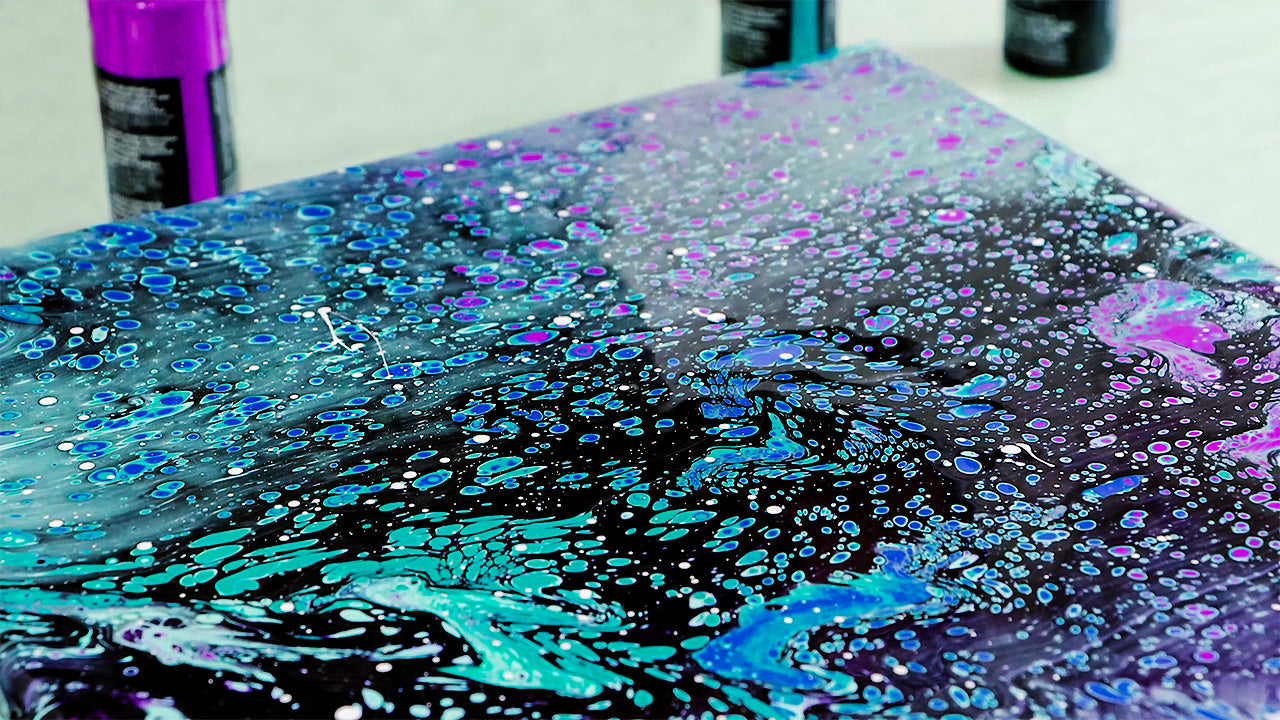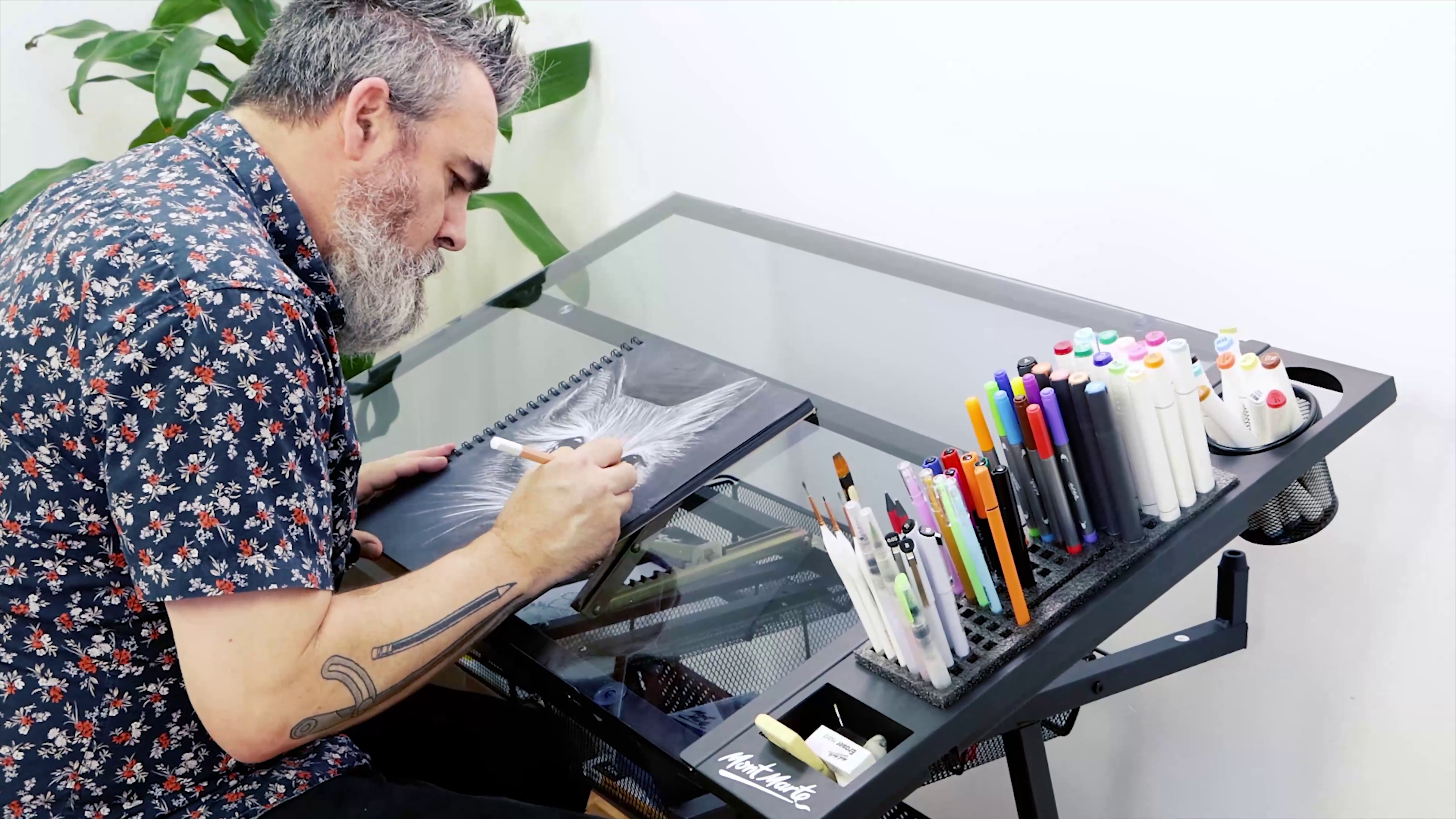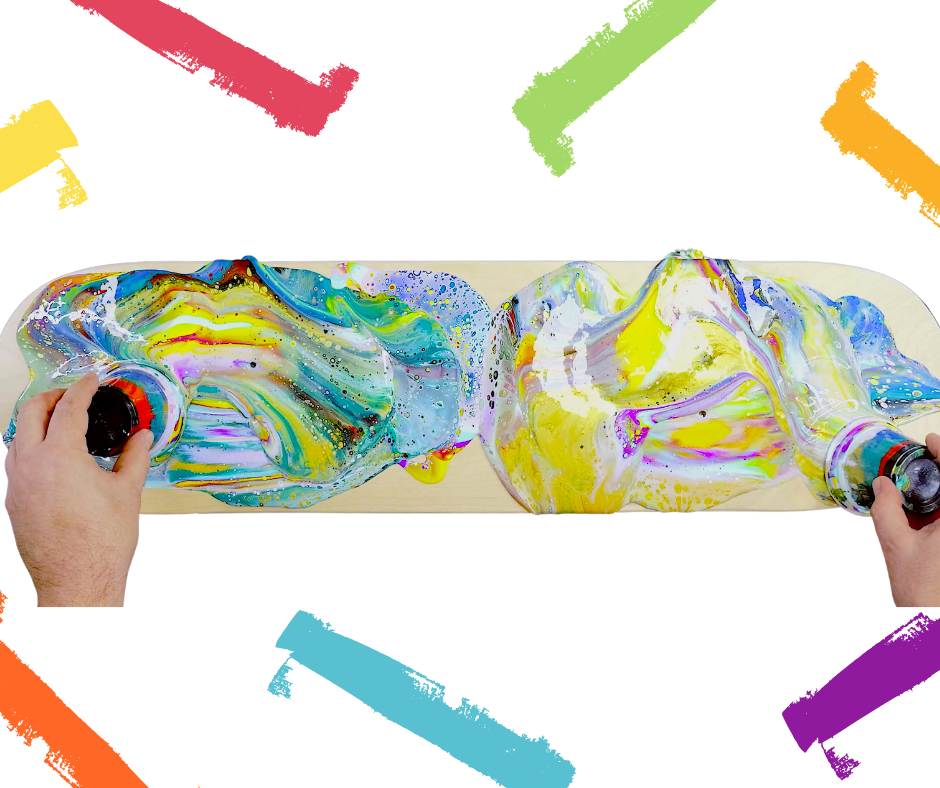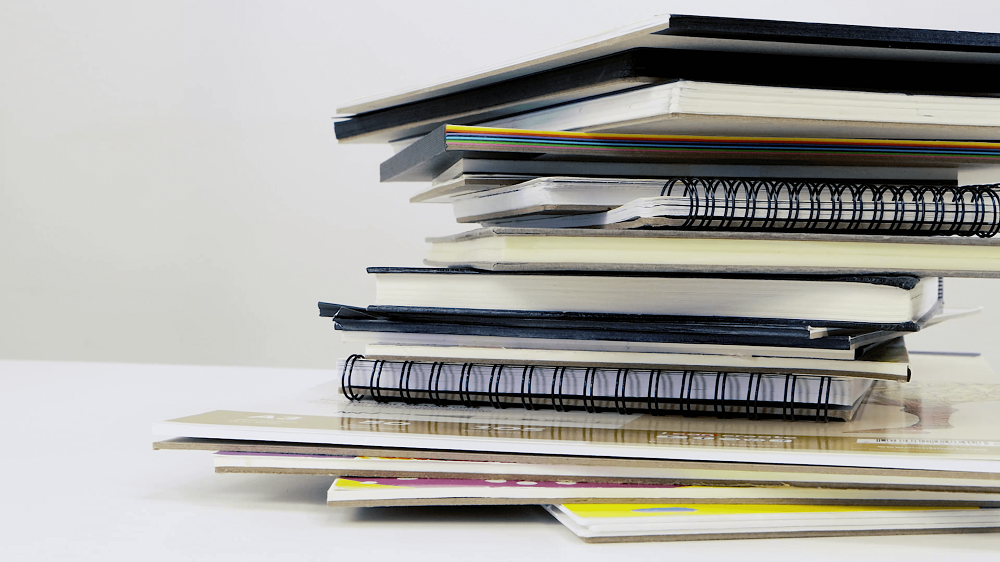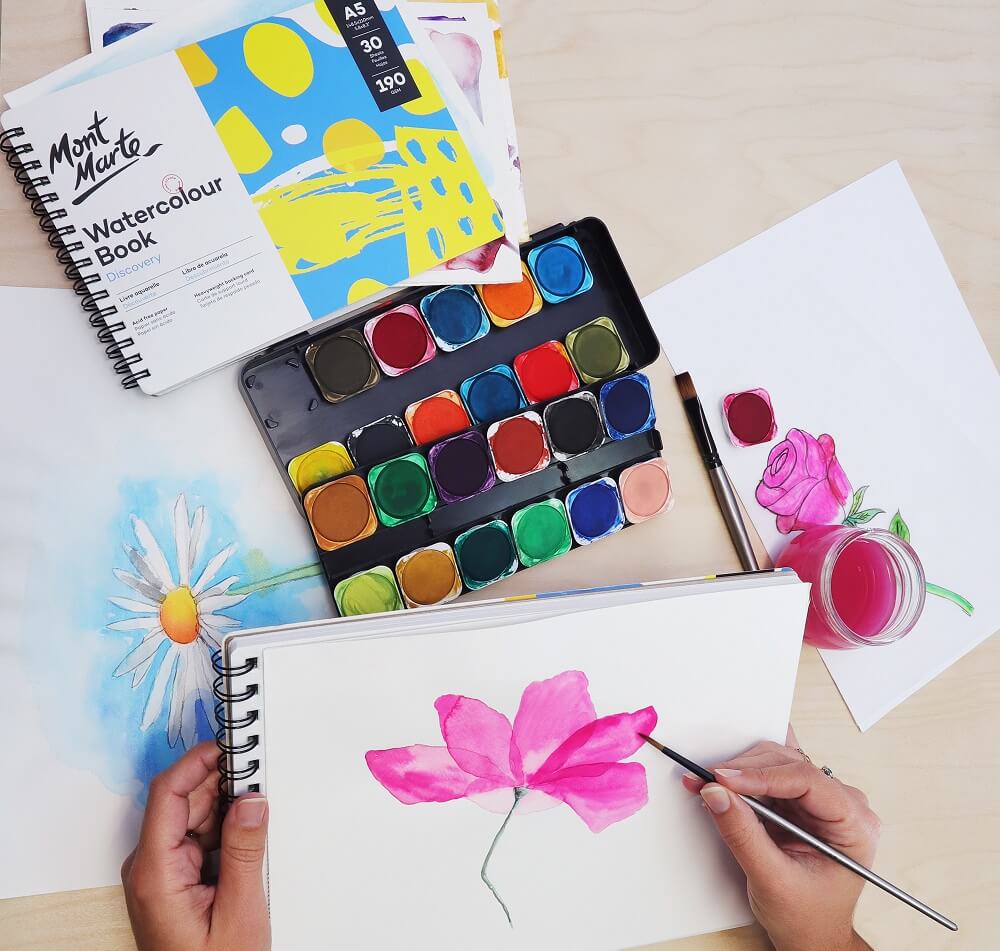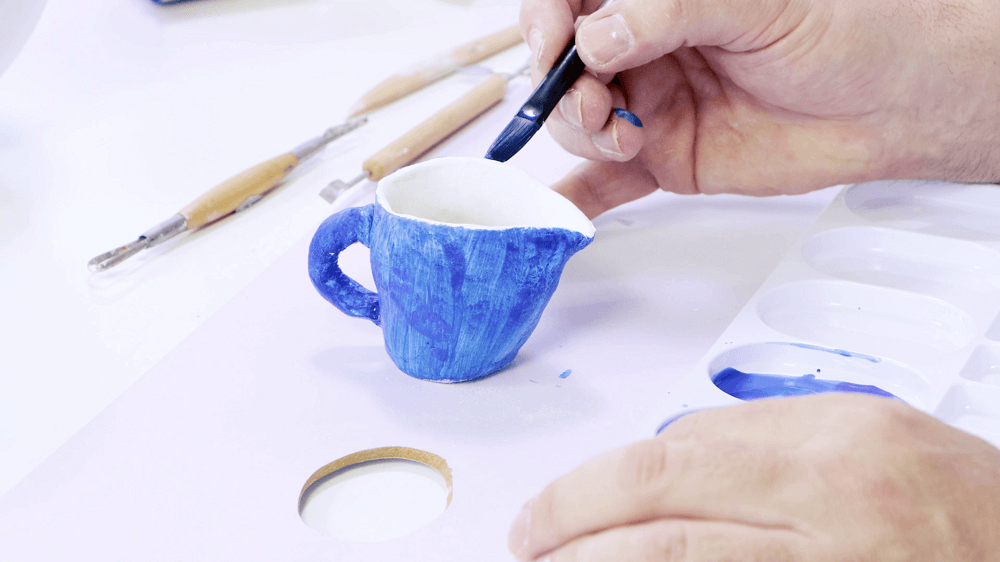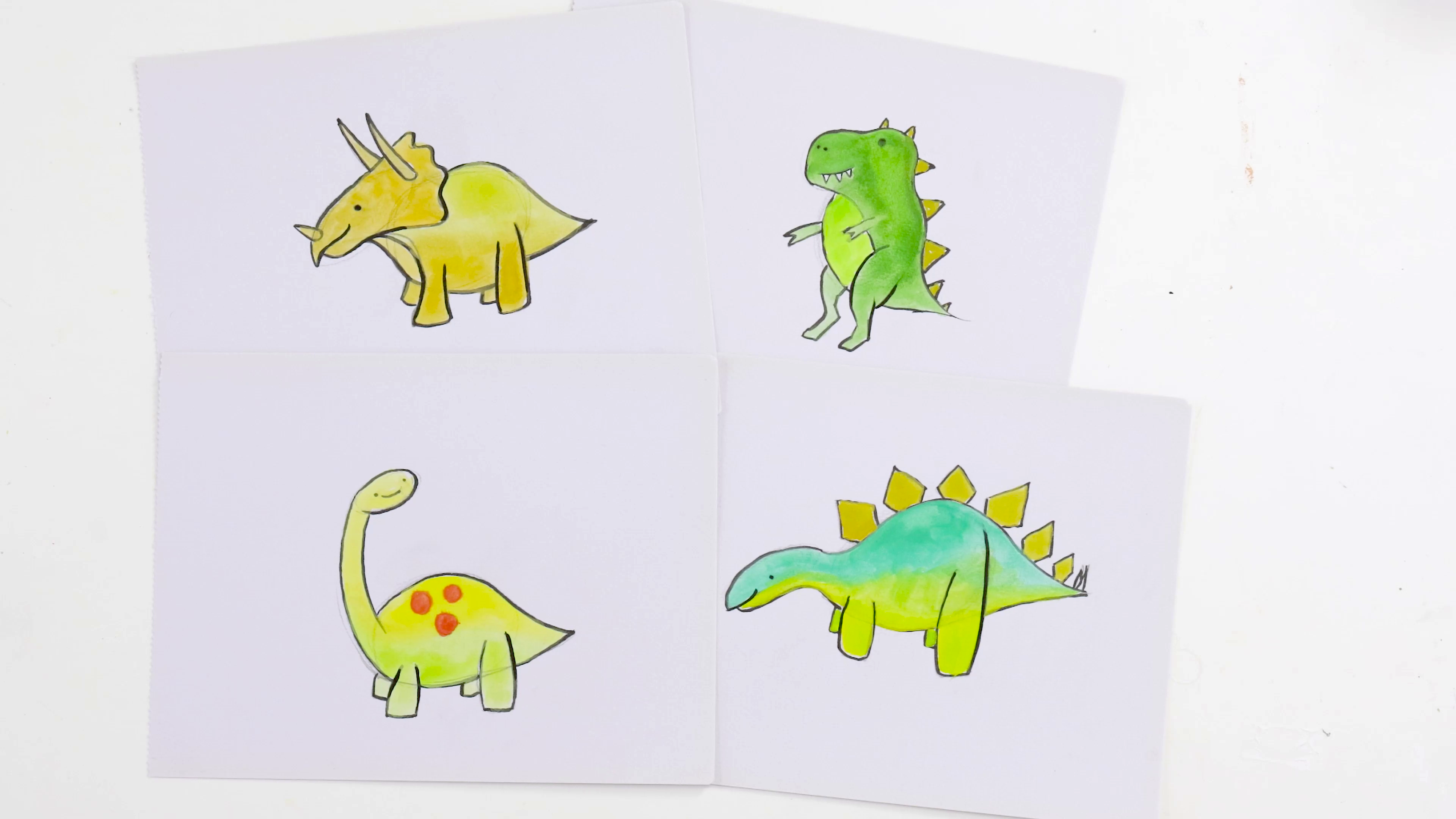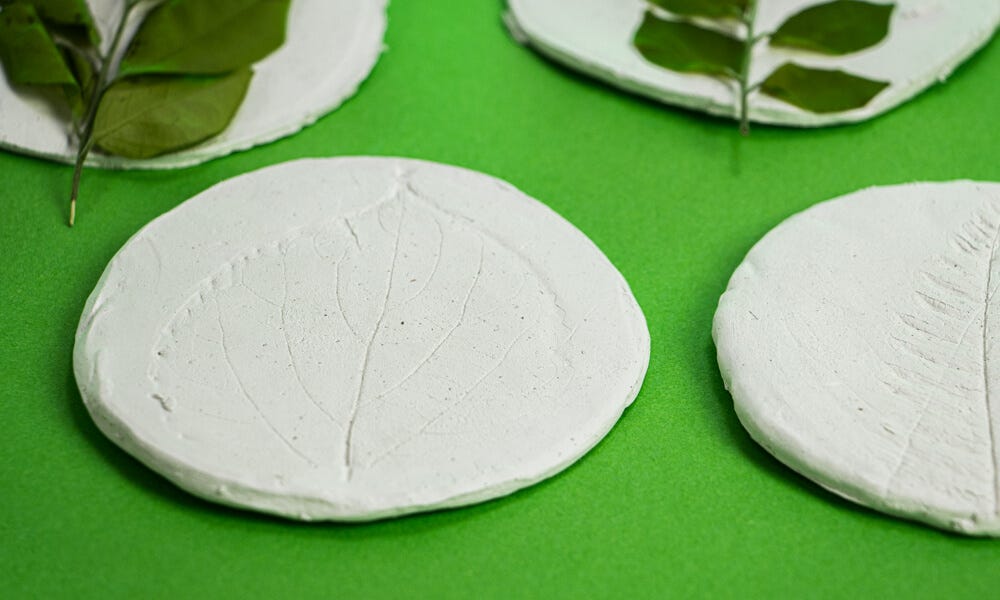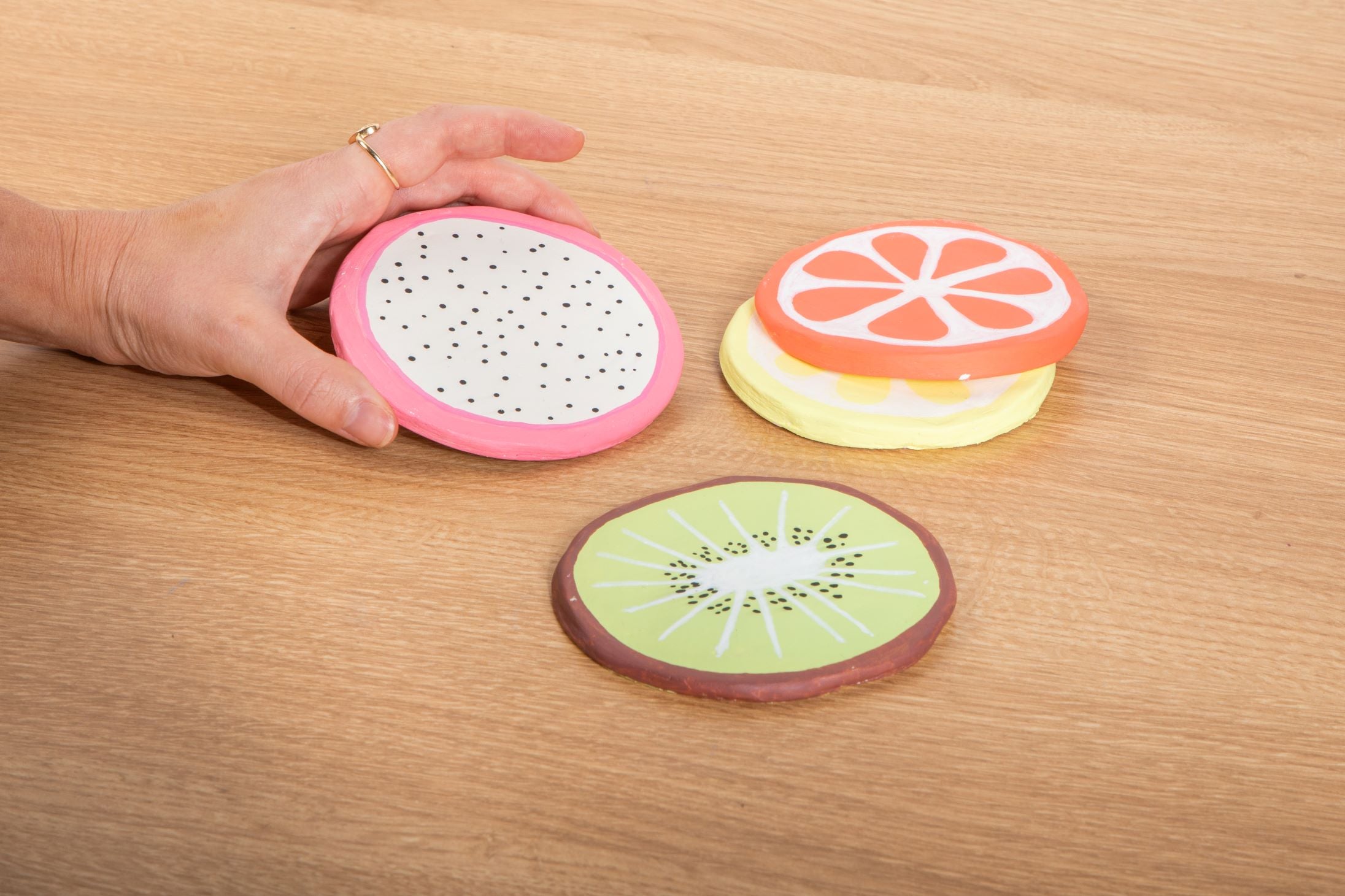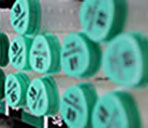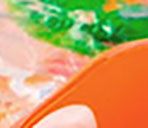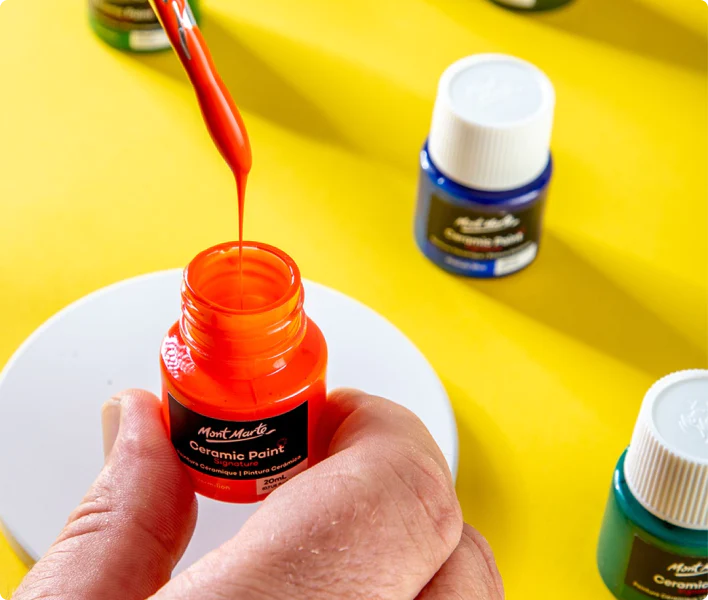Acetone:
Acetone is a great polymer clay tool to keep on hand. Acetone can be used to remove thin lines and even those stubborn fingerprints from your work. Apply the acetone with the tip of a cotton bud to smaller, more precise regions, then gradually smooth out the spots. Use a cotton pad for bigger areas. This technique can be done with soft or baked clay - how good!
When you're finished, wipe the surface clean. Prolonged exposure to acetone can be dangerous, so prevent skin contact where possible and wash your hands with warm soapy water after use. Hint: Do not over-rub or rub too hard on your clay, as this may produce dents – and no one wants that!
Sandpaper:
Sandpaper can be used to smooth cured clay. Scrape the edges of your clay gently and watch it go from a bit ‘rough around the edges’ to a beautiful smooth finish. Keep in mind, if you sand too far, the shape of your work may begin to change, so stop as you go and check how your work has changed.
Looking for more? Check out 10 Tips for Sculpting with Polymer Clay or check out more of our handy how-to videos.
We hope that you feel inspired to try out these handy tips. Try them for yourself and #montmarteart or tag us @montmarteart on Instagram or Facebook, we’d love to see what you create.
Notes:
− You can use acetone to remove fine marks and fingerprints
− Apply acetone with a cotton bud or cotton pad for larger areas
− Wipe over the surface
− When using acetone, avoid prolonged contact with skin and wash hands with warm soapy water after use
− This is something you can do on soft clay and baked clay
− Over rubbing will create dents in the dry clay
− To smooth rough cured clay, sand with sandpaper



